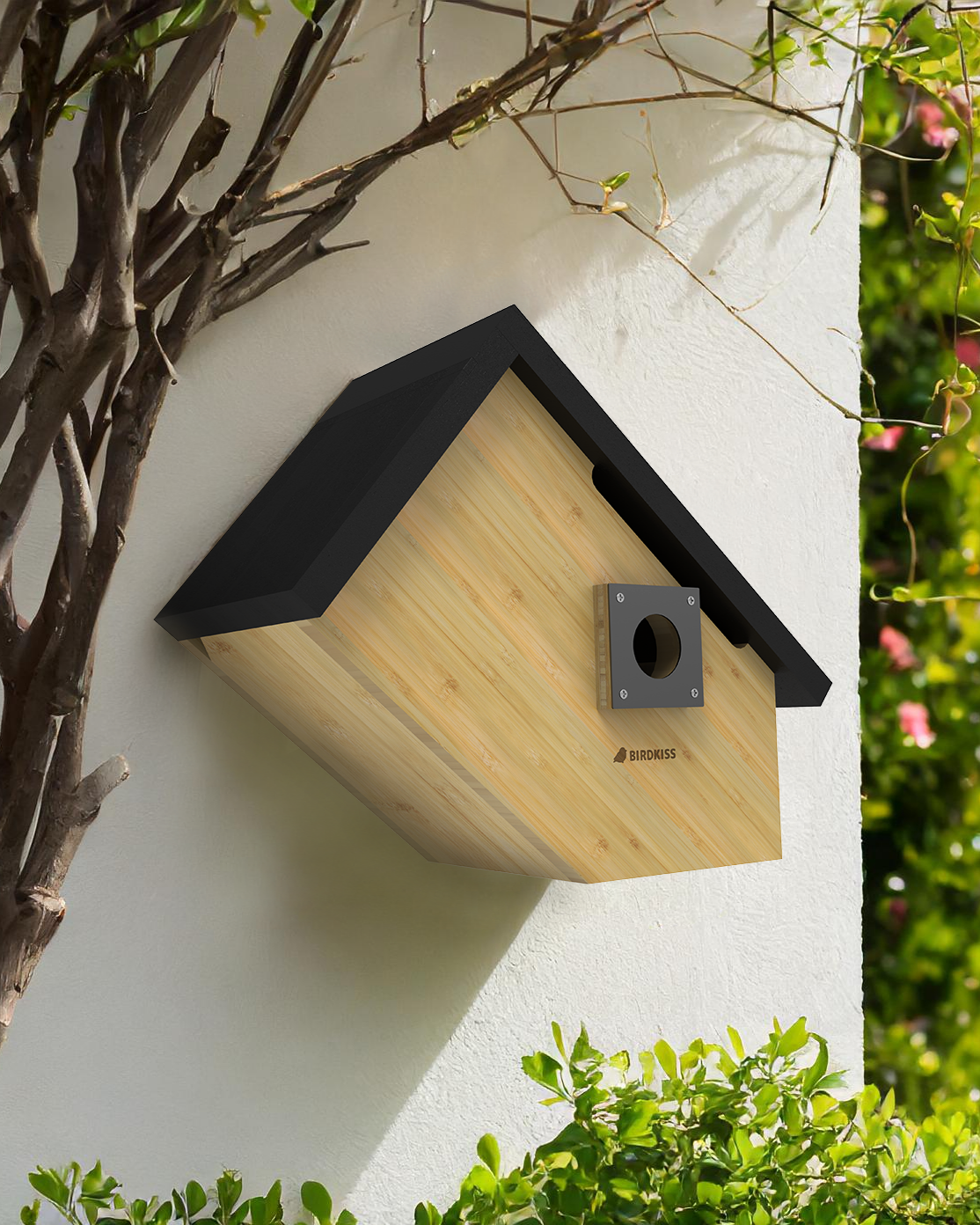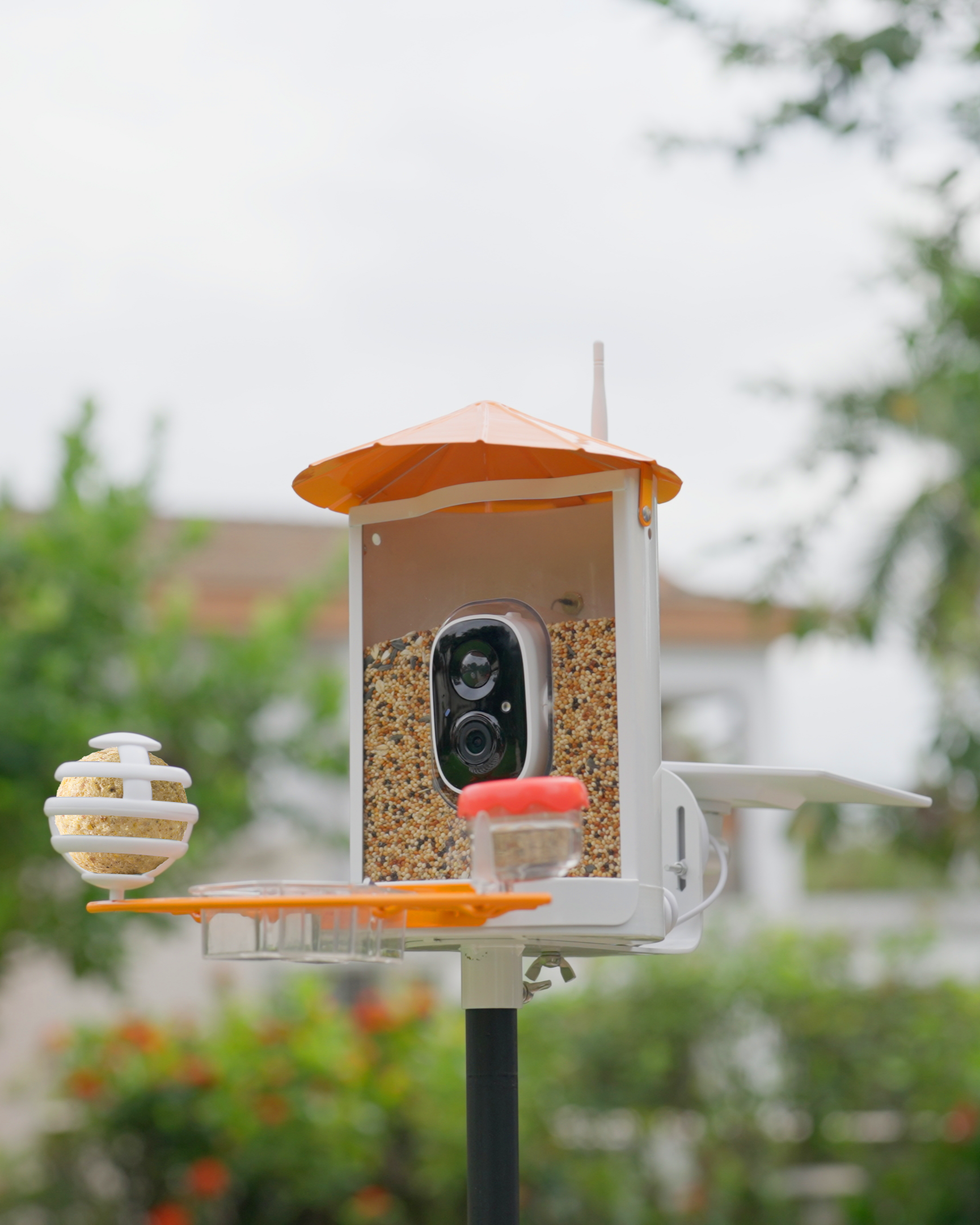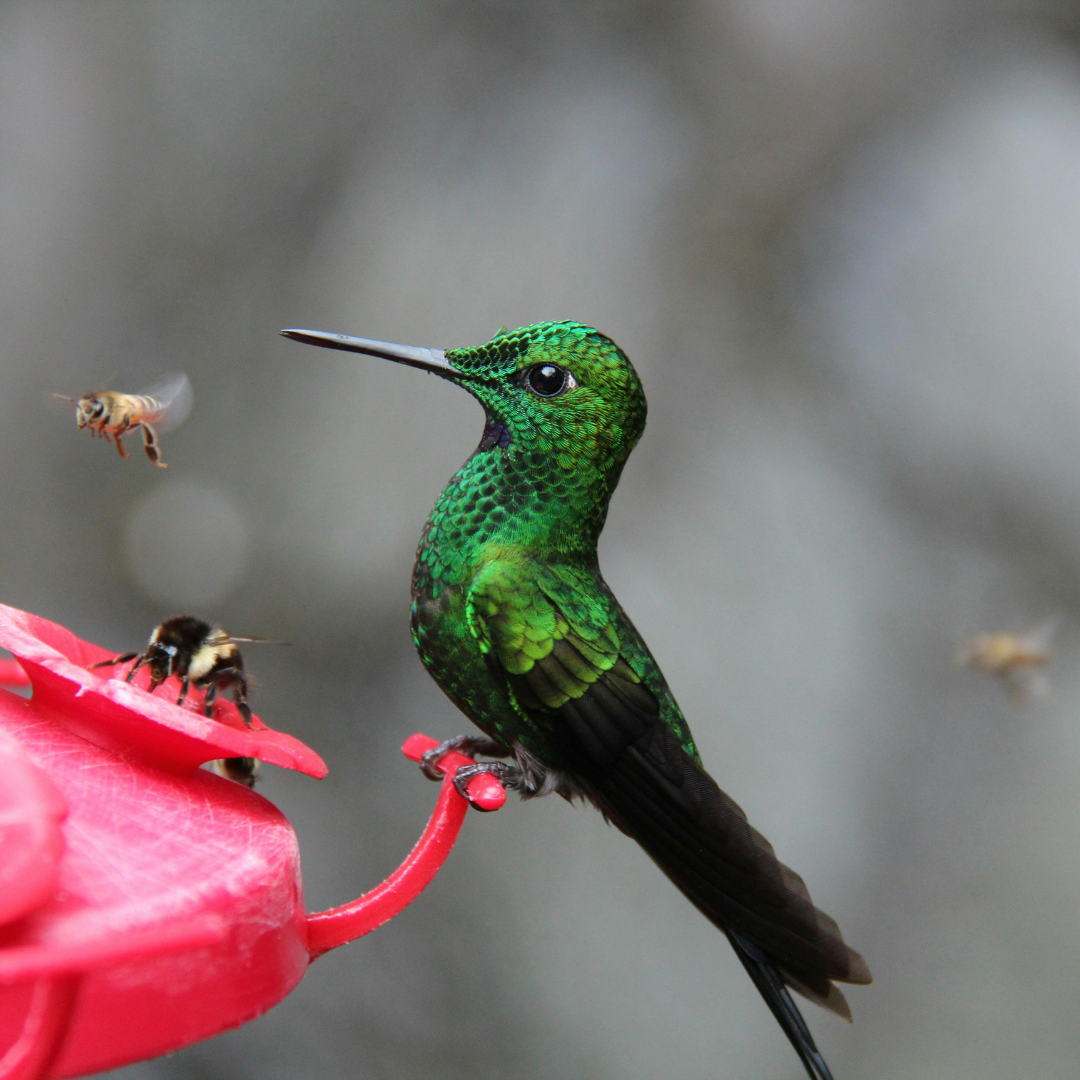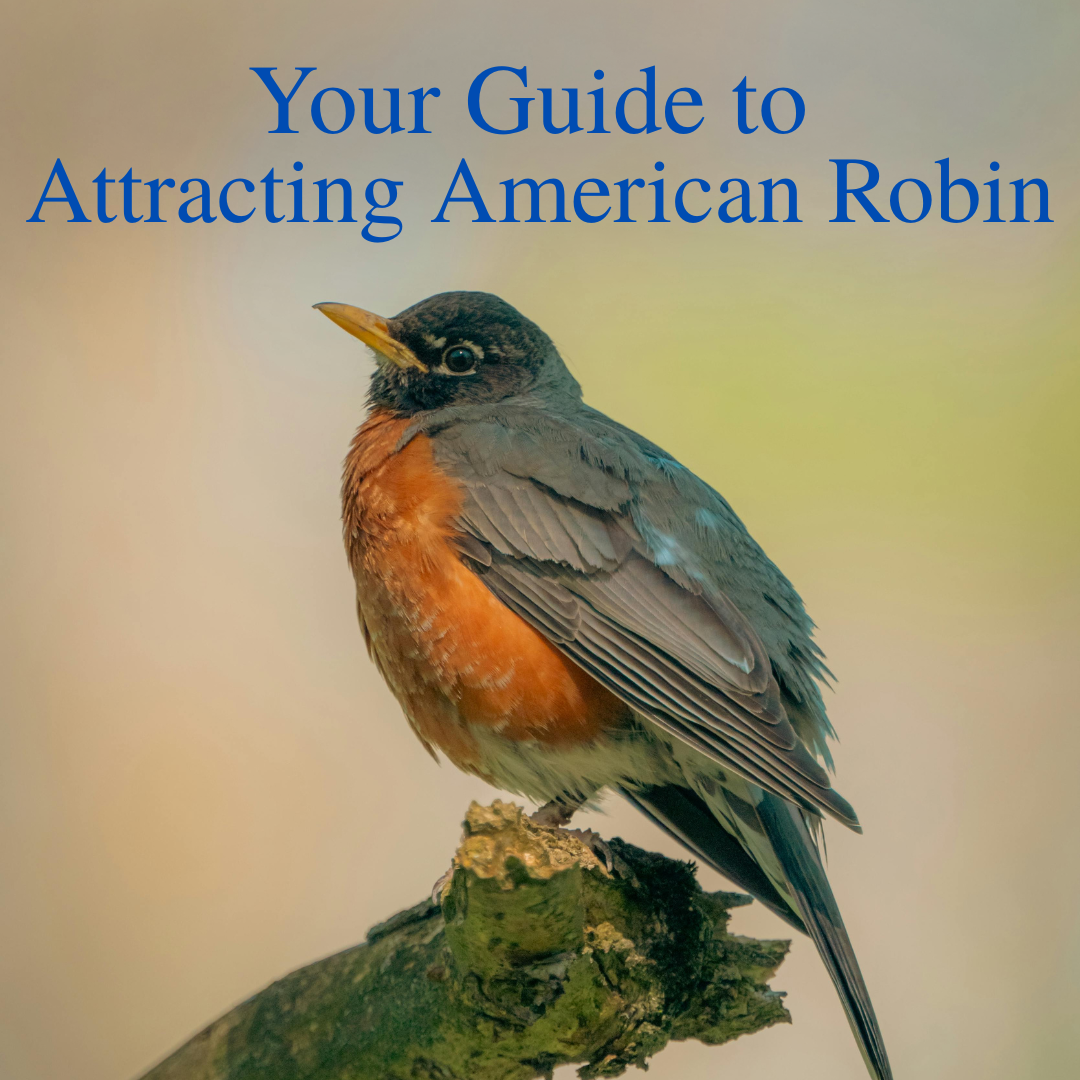There's something magical about watching a hummingbird zip through the garden. These tiny, energetic birds, with wings beating so fast they become a blur, are a delight to see up close. Attracting them to your yard is easier than you think, but there's more to it than just hanging a feeder.
Let's dive into everything you need to know to make your yard a hummingbird haven.
The Sweet Stuff: Your Guide to Sugar Water
Providing a nectar feeder is the most popular way to attract hummingbirds, and for good reason! Their high metabolism requires a constant source of energy.
The Only Recipe You Need
Forget the store-bought mixes. Following a simple hummingbird food recipe is cheaper and safer for the birds.
- The Ratio: 4 parts water to 1 part plain white sugar.
- The Method: Mix the sugar into hot or boiling water until it's completely dissolved. Boiling the water first helps remove impurities and slows down mold growth. Let the mixture cool completely before filling your feeders.
You can store extra sugar water in the refrigerator for up to a week.
Important: What to AVOID
To keep your hummingbirds healthy, stick to the simple recipe. Never add:
- Red Dye: It's completely unnecessary. Feeders already have red parts that attract the birds. Old dyes were found to be harmful, and while formulations have changed, it's best to offer clear nectar. This also makes it easier to spot when the water gets cloudy or moldy.
- Honey, Brown Sugar, or Molasses: These can ferment quickly and grow mold that is fatal to hummingbirds.
- Organic or Powdered Sugar: Stick to plain, refined white table sugar. Other sugars contain elements that birds can't properly digest.
- Artificial Sweeteners: These provide no energy or nutritional value.
Keeping it Fresh and Clean
This is the most critical part of maintaining a feeder.
- Change the Nectar Often: Every 3-5 days is a good rule, but in hot weather, you may need to change it every other day to prevent fermentation and mold.
- Clean Feeders Regularly: Before each refill, clean your feeder thoroughly with hot water. A bottle brush can help scrub hard-to-reach spots.
- Location Matters: Placing your feeder in the shade will help keep the nectar from spoiling too quickly.
Beyond Sugar: The Real Hummingbird Diet
While hummingbirds love nectar, it's only part of their diet. Think of it as their energy drink. For a balanced meal, they need protein, fats, and minerals, which they get from another crucial food source: insects.
Nature's Protein Shake: Insects and Spiders
Some experts, like renowned entomologist Dr. Doug Tallamy, consider hummingbirds to be insectivorous birds that also happen to drink nectar. In fact, up to 80% of a hummingbird's diet is composed of insects and spiders.
They are expert hunters, snatching tiny insects like mosquitoes, gnats, fruit flies, and aphids right out of the air or picking them off leaves and bark.
How You Can Create a Hummingbird Buffet:
- Plant Native Flowers: Nectar-rich, tubular flowers like coral honeysuckle, bee balm, and salvia are a natural food source. They also attract the tiny insects hummingbirds love to eat.
- Avoid Pesticides: Let hummingbirds and other birds be your natural pest control! Spraying for bugs eliminates a vital food source.
- Welcome Spiders: Spiders are a double-win for hummingbirds. Not only are they a great source of protein, but hummingbirds use their sticky, strong webs as a key building material to construct their tiny, flexible nests.
Common Questions, Quick Answers
When should I put out my feeders?
In most areas, early spring (April or May) is a good time. A good rule of thumb is to hang them a week or two before you expect the first arrivals. And don't take them down too early in the fall! Leaving them up through migration season helps late travelers fuel up for their long journey south. It's a myth that feeders will stop them from migrating.
Why are my hummingbirds fighting so much? Hummingbirds are fiercely territorial. They see a feeder as their personal flower patch and will defend it from rivals. The best solution is to put up several feeders spaced far apart, ideally out of sight of one another.
Will they become dependent on my feeder? No. Hummingbirds are wild, adaptable creatures. A feeder is just one of many food sources they visit. If you move or forget to fill it, they will find food elsewhere.
How much do they actually eat? A lot! To fuel their incredible metabolism, a hummingbird can consume up to three times its body weight in food each day, visiting hundreds of flowers or making frequent trips to a feeder.
By providing both a clean, reliable nectar feeder and a healthy, insect-rich garden, you’ll offer hummingbirds everything they need to thrive. Sit back, relax, and enjoy the show







Leave a comment
All comments are moderated before being published.
This site is protected by hCaptcha and the hCaptcha Privacy Policy and Terms of Service apply.